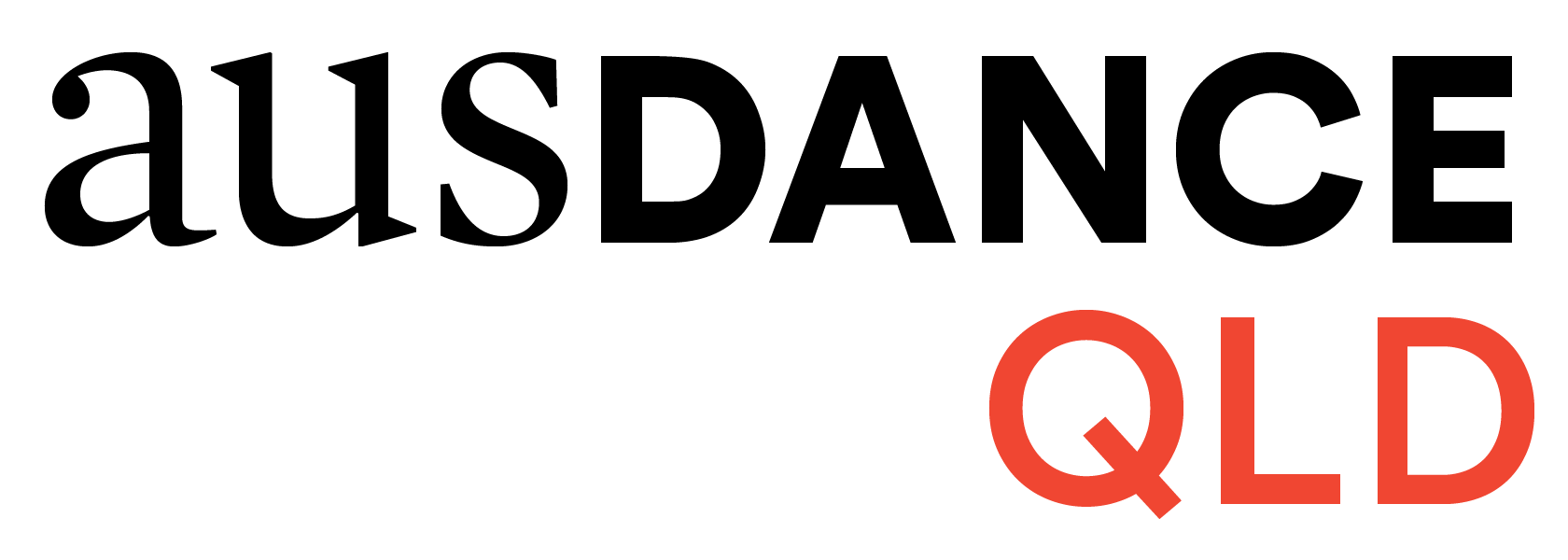IN|FORM | Adapting
Photo by Bradford Whalen
ADAPTING: : Not a dirty word
Contributed by Lauren Watson
Despite 2020 being one of the hardest years for the arts, there were some unexpected wins such as the subject of how we can make what we do more accessible, especially for a diverse range of people.
During isolation, I discovered that my aerial practice was limited and almost non-existent due to the closure of studios and how unsafe I felt without the proper safety equipment. But the dance community came forward with a bold experiment with online classes and I felt a sense of relief. For advocates such as myself, you can often feel frustrated when explaining simple ways studios can show how inclusive they can be and it can end up in the ‘too-hard’ basket but for the first time watching as more people got on board, I finally felt the community understood the term ‘adapt’ and that I no longer had to try and explain why this was so important.
As dance is a highly creative and physical activity, people often think that if a person cannot move the same way as the able bodied that they will not get any joy out of a class. This is where they are very wrong. Inclusion in all areas of dance should be a simple adaption and it all starts with communication; asking questions on how the class can be made to work for everyone and implementing them into your practice. It sounds daunting on paper but once put into practice, it is not as scary as it seems. Prior to COVID, I started a program to teach people with disabilities movement practices. This came with its own struggles such as working with a very wide range of physical disabilities. While having a large difference in each of their strengths planning the same lesson for each student is not always possible and so I have a particular structure that seems to work for everyone who comes through the door: trial, error, adapt. Not only have my students become stronger and are achieving something that a decade ago they would never have dreamed possible, they are also teaching me something as a maker: how to think on my feet and outside the box. The more you adapt the more you start to think differently and that only makes me a stronger choreographer and performer going forward.
Australia still has a long way to go when it comes to accessibility and often people’s hands are tied, especially when it comes to heritage buildings. This, however, should not stop studio owners and instructors from still being able to offer their skills to all types of bodies. With zoom classes becoming a necessary norm it means more people can access a wider range of practices from the comfort of their homes which for some is one of the roadblocks that comes with having a physical disability. When an instructor offers to come to you, organise an online video meeting or arrange a different studio, you start to feel welcome and the effort is greatly appreciated. I aim to make my current work available online with closed captions and image descriptions as to ensure it is as accessible as possible also allowing a larger audience engagement that may not have previously been there.
The lack of support in Australian studios is still something that needs work and that is largely due to not understanding ablism and/or having no prior experience. You do not need any special skills to adapt, except being patient, understanding and having the mindset that dance is a right that everyone should enjoy.

